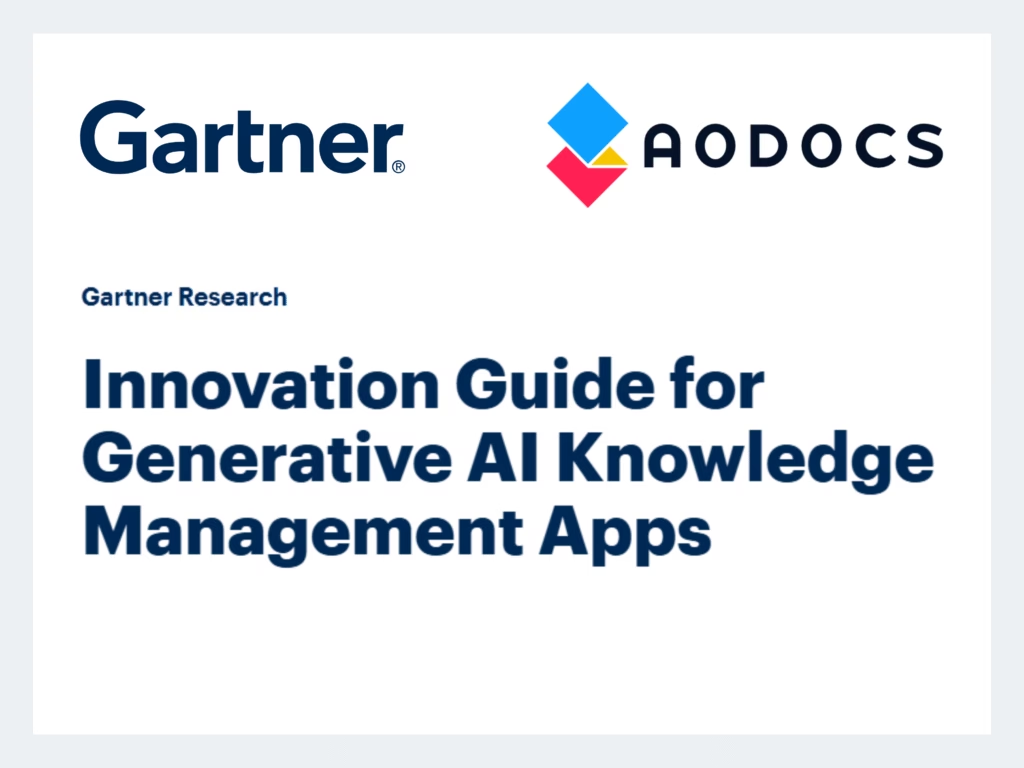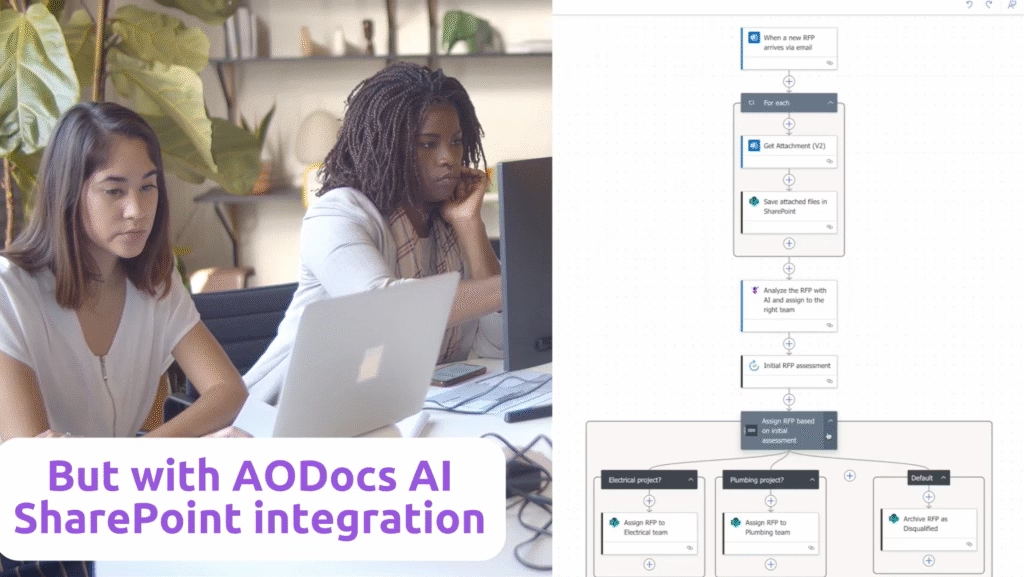Could you be missing out on operational excellence opportunities? Could your organization be taking unnecessary bets on compliance and safety? If these questions resonate, you might need to modernize your QMS quickly.
A Quality Management System (QMS) is an organized framework of policies, processes, and procedures designed to enhance product quality, maintain operational standards, and improve customer satisfaction. Common in the life sciences and manufacturing industries, it is essential for quality certifications such as ISO 9001 or GxP (including GMP, GCP, GLP, and more). QMS is also a must for compliance requirements, such as 21 CFR Part 11 and ISO 13485.
Yet, in today’s fast-paced manufacturing environment, businesses need more than a traditional QMS. They need a flexible, adaptive system that supports productivity, quality control, and safety throughout every production stage.
That’s where cloud-native platforms come in. They enable streamlined compliance and real-time quality management, moving away from rigid paper-based systems and achieving greater control over documentation and workflows.
Why go cloud-native with your QMS?
- Customized and flexible quality control
An effective QMS should adapt to each business’s unique requirements. A cloud-native QMS is designed to provide this adaptability. It allows teams to automate document lifecycles and track compliance across all departments. This ensures each team operates with up-to-date, approved processes that evolve with business needs. It gives you much-needed reassurance and confidence in your QMS.
- Fast implementation with lower costs
Deploying a QMS doesn’t have to be time-consuming or costly. With a streamlined setup, cloud-native QMS systems reduce the time and resources required for on-premise software. This approach allows for faster deployment and greater scalability without compromising quality.
- Enhanced safety and compliance tracking
A digital QMS can simplify adherence to standards like ISO, FDA, and other industry-specific requirements. With AODocs, real-time dashboards track compliance across operations. This allows businesses to manage Environment, Health, and Safety (EHS) training and ensure employees are always aligned with the latest safety protocols.
- AI-powered document and data management
Leveraging AI tools, a cloud-native QMS helps cut time-consuming tasks. Automated document classification and data extraction boost accuracy, streamline workflows and reduce the risk of errors during production or audits.
- Secure collaboration for distributed teams
One of the core strengths of cloud-native QMS platforms is their support for secure document sharing. Employees and partners can collaborate from any location with mobile and desktop access. At the same time, document security and version control are ensured, a necessity in today’s global work environments.
Your next step: Continuous quality and compliance
Adopting an advanced QMS can simplify and strengthen quality and compliance management. It provides a solid foundation for sustainable productivity improvement, better safety and operational excellence. AODocs is an example of a cloud-native platform with a track record of upgrading companies’ and government entities’ QMS capabilities. We have replaced numerous aging legacy QMS systems. Our clients switched from paper-based to homegrown solutions built on SharePoint, LotusNotes, and others like Qt9, Green Light, Guru, Qsi and MasterControl.
Curious to learn how a flexible, scalable, cloud-native QMS could boost manufacturing excellence, increase productivity, and improve employee safety?



